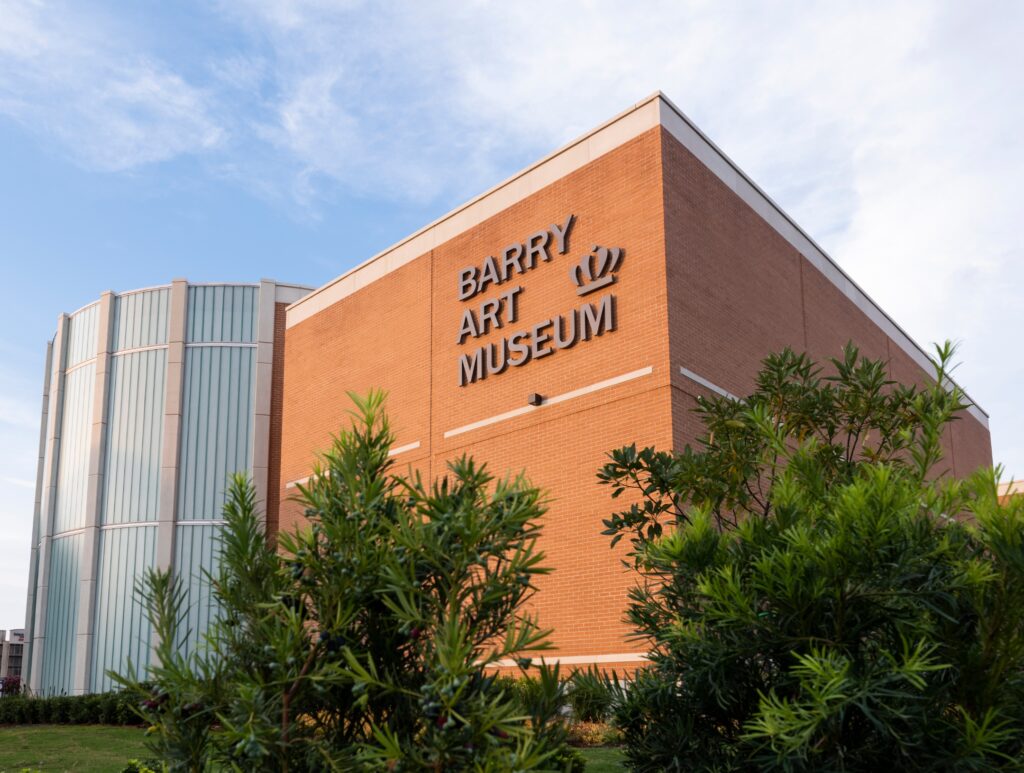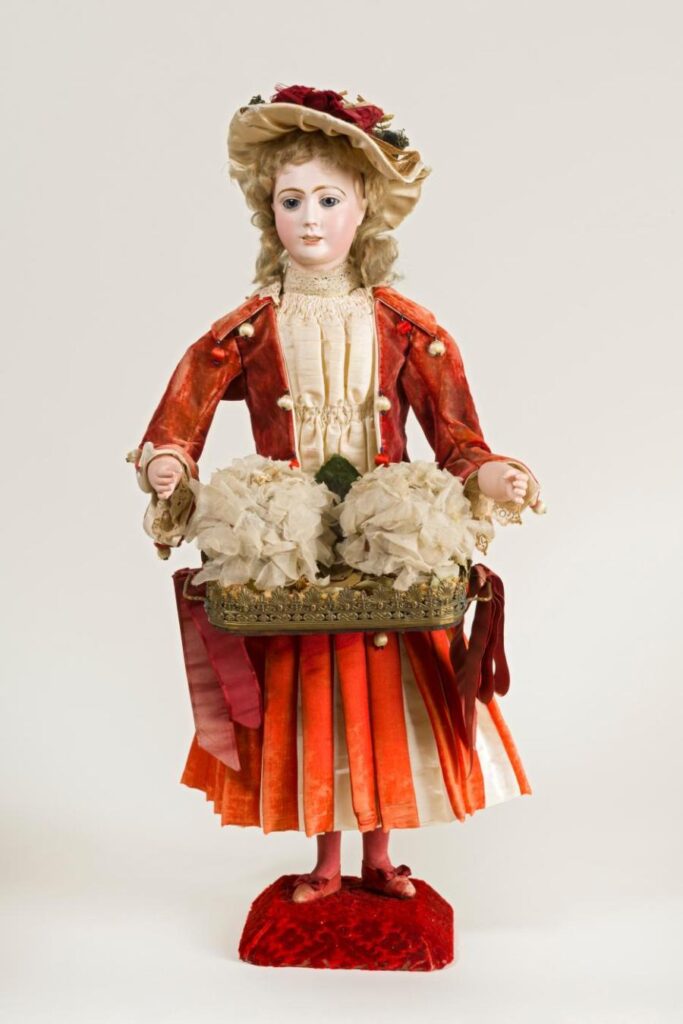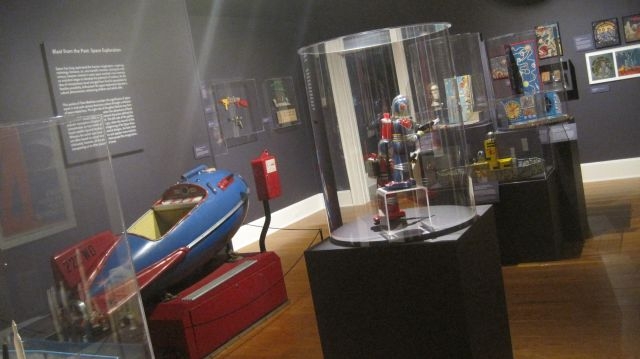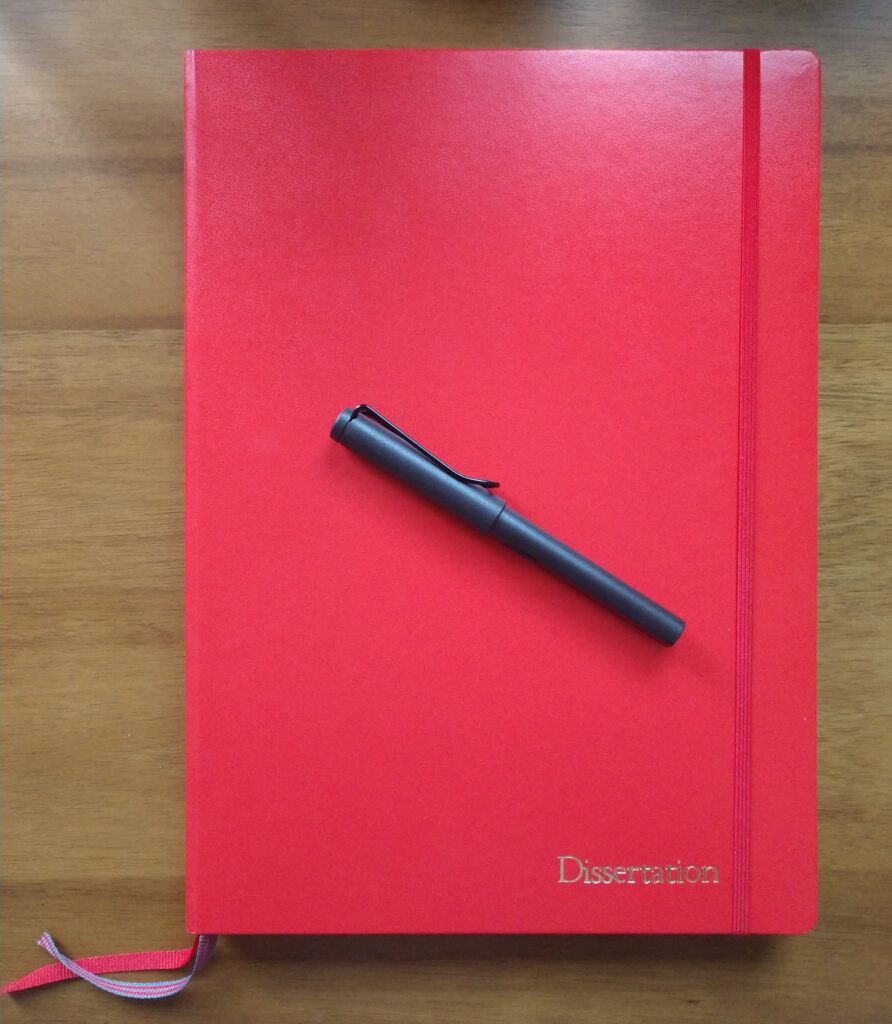There’s an old saying when it comes to the job market that it’s not what you know that matters, but who you know. I imagine that’s as applicable to curating as it is to any other field, and it was certainly a factor in my new, part-time new curating position at the Barry Art Museum.

Located at Old Dominion University in Norfolk, the Barry Art Museum was founded by collectors and philanthropists Richard and Carolyn Barry. It’s a brand-new museum that only opened in 2018, so its 24,000-square-foot facility is fresh and state-of-the-art. Its permanent collection specializes in contemporary glass and historical dolls and automata, so it’s an eclectic mixture of objects. As with many other museums, the Barry hosts changing exhibitions in addition to its permanent collection,
For one of its upcoming shows, the museum would like to pair its automata collection with contemporary art addressing robotics as a means to help visitors connect with these historical and, to 21st-century eyes, sometimes perplexing objects.

The museum initially approached Kory Rogers, my good friend and former supervisor at Shelburne Museum, to curate the show on a contractual basis. Kory and the Barry’s interim director, Charlotte Potter Kasic, had previously worked together on a glass exhibition at Shelburne, so they already had a good professional relationship. As a bonus, Shelburne also has an impressive doll and automata collection. Kory, however, recommended that the Barry Art Museum contact me instead, as I’d not only co-curated an exhibition with him on robots and other sci-fi tropes while I was a curatorial fellow at Shelburne, but also live only an hour away from the Barry in Williamsburg. He also thought that working with the Barry would help me to expand my museum network in the Chesapeake region, which will be beneficial when I finish my degree and start looking for jobs.

After talking about the opportunity with Kory, I had a preliminary meeting with the Barry staff, and shared my curatorial portfolio to give them a sense of the work I’ve done. While waiting for my oral exams to be scheduled, I wrote a draft exhibition proposal based on the preliminary ideas and checklists the Barry shared with me to demonstrate my ability to synthesize different concepts and interests into an overarching narrative. They liked what I produced, so after getting permission from the Dean of Graduate Studies at the College, I agreed to work for them as an exhibition curator. Since my first priority remains my dissertation and other commitments to the College, this will be a part-time position.

The exhibition I’ve been asked to organize, tentatively titled “Motion and Emotion,” looks at the relationships between humans and robotics through the lens of affect. Scheduled to open in early 2022, it will include a mixture of historical and contemporary objects, and will be interdisciplinary in nature, addressing art, history, medicine, engineering, and other interests. The show was initially conceived as a way of engaging the museum’s automata collection by highlighting the connections these historical objects share with twenty-first century objects and interests, but we’re also interested in exploring robotics more generally as embodied in contemporary art and other practices. Essentially, the Barry sees this exhibition as an opportunity to engage a variety of audiences, so we’re going to keep the concept open as we work on the show.
This is definitely a new experience for me. Unlike my job in Roswell, this is a contract position, so my employment ends once the show is finished. Additionally, I see the show as an opportunity to refine my curatorial practice through an emphasis on collaboration. Given the multidisciplinary nature of the subject, the Barry staff and I agreed that we should work directly with different academic departments on campus, and plan on forming an advisory board with various faculty. I’m working closely with staff on logistical tasks such as scheduling so that we establish a working rhythm that suits the unique needs of the Barry. I also emphasized at one of our preliminary meetings that I see this exhibition as a collaborative project, and that ideas from all staff, from content to layout, are welcome.

Beyond having a chance to get back into curating, what excites me about this exhibition beyond its subject matter is the chance to curate differently. Don’t get me wrong, I’m proud of my previous museum work, but when you’re working full-time at an institution, you tend to fall into a pattern. Since I’m only responsible for one show, I see this as a chance to try out new techniques and approaches, as well as explore new subject matter.
I’ll give periodic updates here as the exhibition progresses, but in the meantime, I’m excited for the chance to step back into the museum world while getting to work some wonderful museum professionals, artists, academics, and other people.
What a great opportunity–and a fun one, too.
I like the fact that you could do an exhibition proposal “while waiting” for your orals to be scheduled. What sang froid!
Brava to you, and bravi to the Barry Museum staff members clever enough to hire you. I hope that there will be some equivalent to the “museum minutes” of Shelburne days.
Thanks Marc! I’ll have to remember to bring up the museum minutes in a future meeting; they were fun to do and they could be a good way to get people interested in the objects before the exhibition opens, or during its run as a supplement to the physical installation. Hope you’re doing as well as one can these days, all pandemic-related things considered.